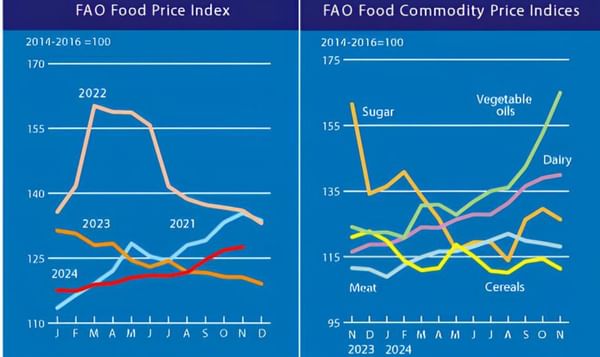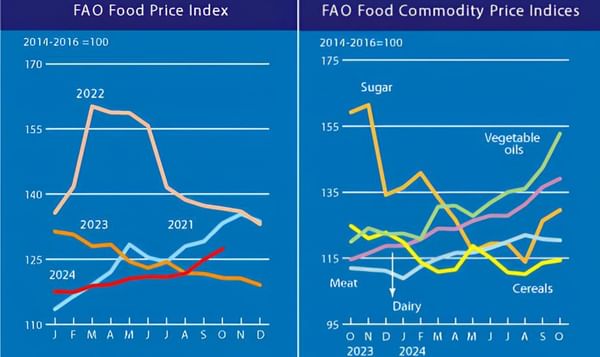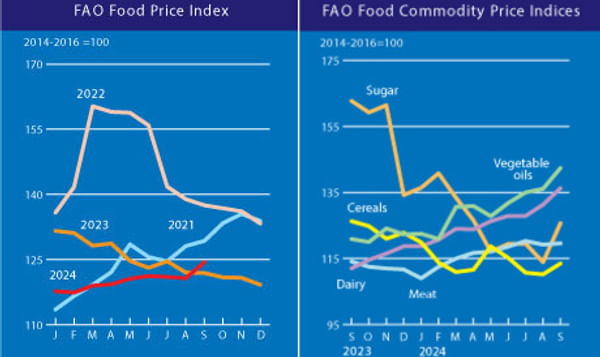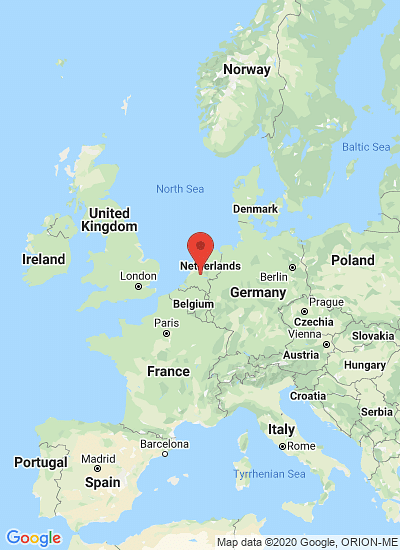More new trucks meeting Euro 6 emission standards - an engine that reduces NOx emission by 97 percent - are on their way to Avebe
Avebe Starch Potatoes get a cleaner ride
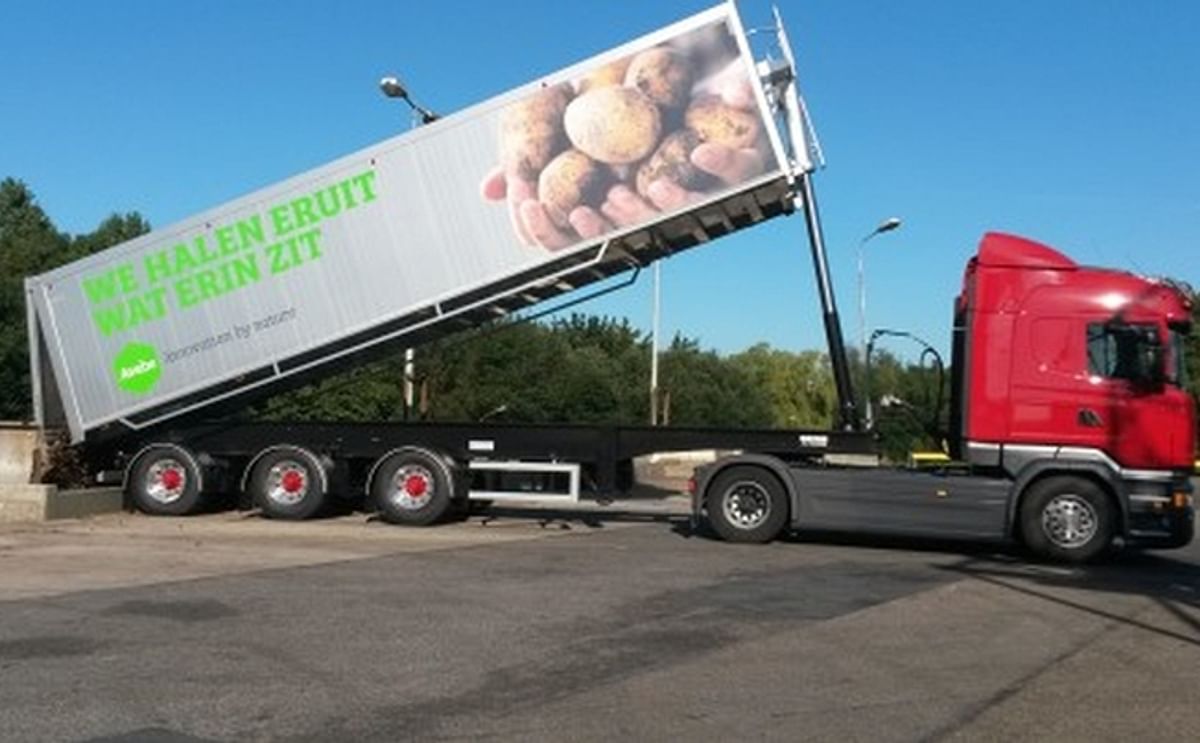
During this harvest Dutch Potato Starch Manufacturer Avebe and its transporters will be continuing to work on the sustainability of the loading and transportation of starch potatoes.
Since the introduction of the Euro 6 engine – an engine that reduces the NOx (nitrogen) emission by 97 percent – in 2013, the first new trucks with this type of motor have gradually been taken into use for transporting potatoes.
More trucks meeting the Euro 6 emission standards were delivered to the transport companies at the beginning of the 2015 campaign. Fifty percent of the lorry fleet for potato transport now consists of trucks with Euro 6 engines. The other trucks are at least Euro 5 or EEV (Enhanced Environmentally Friendly Vehicle). Avebe and its transporters have thus taken further steps towards meeting their environmental objectives.
Sustainability is high up on Avebe’s agenda. One of the objectives is to reduce CO2 emissions by 25 percent in 2018. The transportation of potatoes plays an important role here.
Avebe's 2015 Potato Campaign
This year, Avebe's potato campaign started on August 17 in Gasselternijveen followed by Ter Apelkanaal. German sites Lüchow and Dallmin started next.
This start is around the same time as usual, but a week later than planned originally.
Initially, the start of the potato campaign had been planned one week earlier in connection with potato-protein production in Gasselternijveen. Over the past year, a new factory for producing potato protein has been built on this site and Avebe wished to commission this factory at the earliest opportunity.
However, the schedule was changed because of the potato crop developments. A relatively cool spring followed by a dry period ensured the potatoes on average lagged behind in their growth.
The months of August and September are important to achieving an optimum harvest and Avebe wants to enable its members to make maximum use of that period.
Since the introduction of the Euro 6 engine – an engine that reduces the NOx (nitrogen) emission by 97 percent – in 2013, the first new trucks with this type of motor have gradually been taken into use for transporting potatoes.
More trucks meeting the Euro 6 emission standards were delivered to the transport companies at the beginning of the 2015 campaign. Fifty percent of the lorry fleet for potato transport now consists of trucks with Euro 6 engines. The other trucks are at least Euro 5 or EEV (Enhanced Environmentally Friendly Vehicle). Avebe and its transporters have thus taken further steps towards meeting their environmental objectives.
Sustainability is high up on Avebe’s agenda. One of the objectives is to reduce CO2 emissions by 25 percent in 2018. The transportation of potatoes plays an important role here.
EU Emission Standards for HD Diesel Engines,
g/kWh (smoke in m−1)
| Tier | Date | Test cycle | CO | HC | NOx | PM | Smoke |
|---|---|---|---|---|---|---|---|
| Euro I | 1992, < 85 kW | ECE R-49 | 4.5 | 1.1 | 8.0 | 0.612 | |
| 1992, > 85 kW | 4.5 | 1.1 | 8.0 | 0.36 | |||
| Euro II | October 1996 | 4.0 | 1.1 | 7.0 | 0.25 | ||
| October 1998 | 4.0 | 1.1 | 7.0 | 0.15 | |||
| Euro III | October 1999 EEVs only | ESC & ELR | 1.0 | 0.25 | 2.0 | 0.02 | 0.15 |
| October 2000 | ESC & ELR | 2.1 | 0.66 | 5.0 | 0.10 0.13* | 0.8 | |
| Euro IV | October 2005 | 1.5 | 0.46 | 3.5 | 0.02 | 0.5 | |
| Euro V | October 2008 | 1.5 | 0.46 | 2.0 | 0.02 | 0.5 | |
| Euro VI | 31 December 2013* | 1.5 | 0.13 | 0.4 | 0.01 | ||
* for engines of less than 0.75 dm3 swept volume per cylinder and a rated power speed of more than 3,000 per minute. EEV is "Enhanced environmentally friendly vehicle". Source: Wikipedia | |||||||
Avebe's 2015 Potato Campaign
This year, Avebe's potato campaign started on August 17 in Gasselternijveen followed by Ter Apelkanaal. German sites Lüchow and Dallmin started next.
This start is around the same time as usual, but a week later than planned originally.
Initially, the start of the potato campaign had been planned one week earlier in connection with potato-protein production in Gasselternijveen. Over the past year, a new factory for producing potato protein has been built on this site and Avebe wished to commission this factory at the earliest opportunity.
However, the schedule was changed because of the potato crop developments. A relatively cool spring followed by a dry period ensured the potatoes on average lagged behind in their growth.
The months of August and September are important to achieving an optimum harvest and Avebe wants to enable its members to make maximum use of that period.
¿Te gustaría recibir noticias como esta por correo electrónico? ¡Únete y suscríbete!
Únete a nuestra Telegrama ¡Canal para actualizaciones periódicas!
Empresa Destacada
Contenido Patrocinado
Contenido Patrocinado
Contenido Patrocinado
Contenido Patrocinado
Contenido Patrocinado


